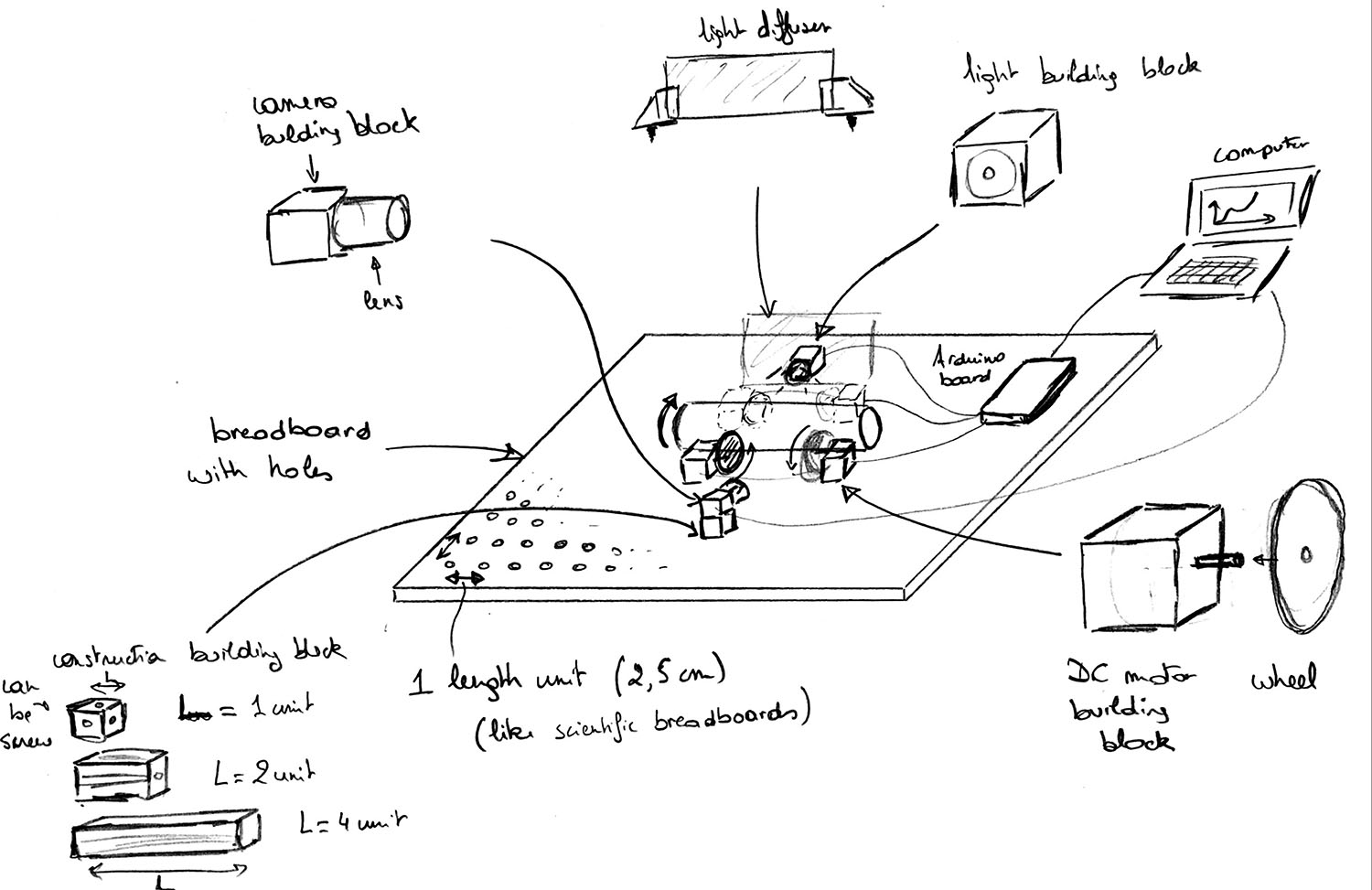Final project
The concept
What ?
For the final project, I will make a tinkering physics kit that consists of simple tools for students that are hackable and that can be assembled and integrated easily to explore the world around us. The tools are standalone tools that can be used independently or connected through wired connections in between them.
The kit is evolutive meaning that it can be hacked, expanded and personalized. The basic toolkit consists of a stepper motor module, a camera module, an air pump module, a pressure sensor, a power supply unit and a device interface that will collect data and display them.
Constraints : open and hackable, high building quality, light, precise, low cost, ...
This kit should be transportable and deployable as it is intended to be used during class to make physics demonstration, in science faire exhibition, in the lab to explore physical phenomenon or simply to play with and have fun with it.
Why ?
The personal motivation
This project comes from a frustration ! As an experimental physicist and tinkerer, I'm always frustrated of not being able to test an idea or an experiment in the physical world as soon as I have the idea. There is always a technique and technological barrier that you have to overcome. It's part of the game. But, along the years, by working on the atitude, on the different workflow processes and on the tools that we use, the bridge between the idea and its physical concretization gets shorter and shorter !
The non-personal motivation
As a physics professor, I would like to make not only for my students but anybody to play with physics experiments. The plan is to design and construct simple building blocks that can be assemble together to make a working experiment. These building blocks will consist of construction, actuators and sensors that can be assembled easily. The goal is to make a kit that is easy to assemble, fun to play, allow enough freedom to invent new things and allow new ways to quantify and observe the invisible.
The inspiration
How am I planning to proceed ? I would like to merge two different worlds: the hardcore and precise scientific experimental tools and construction toys for children. To do that, I plan to adapt scientific optomechanical construction tools and redesigning them with the purpose of making them accessible, flexible, quick to assemble and fun to play. I have several inspiration for the design of my project: they are little bits , lego bricks and scientific optomechanical breadboards.
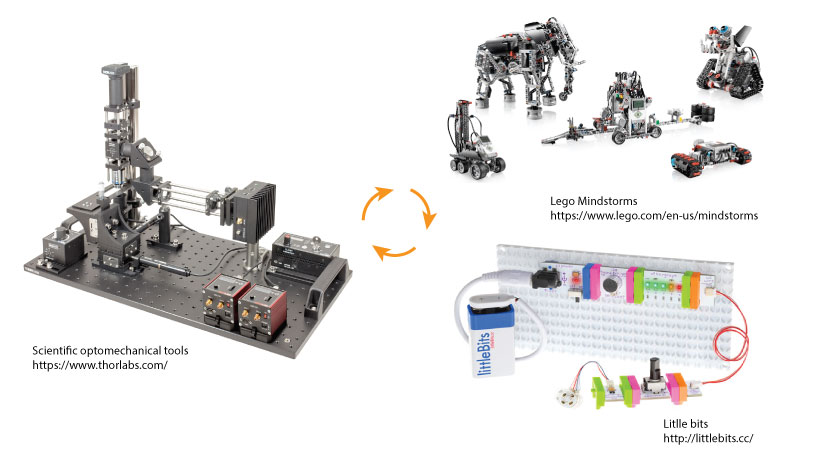
Lego Mindstorm
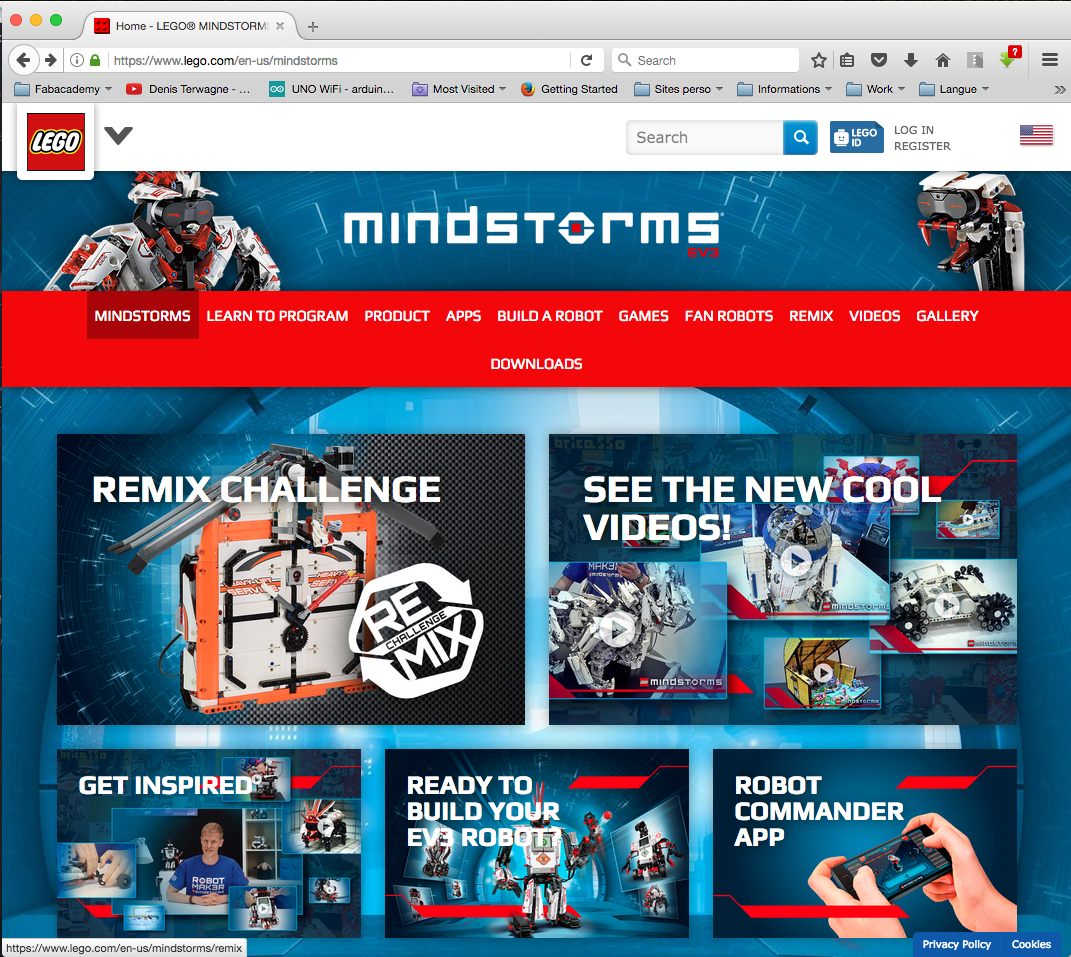
Little bits
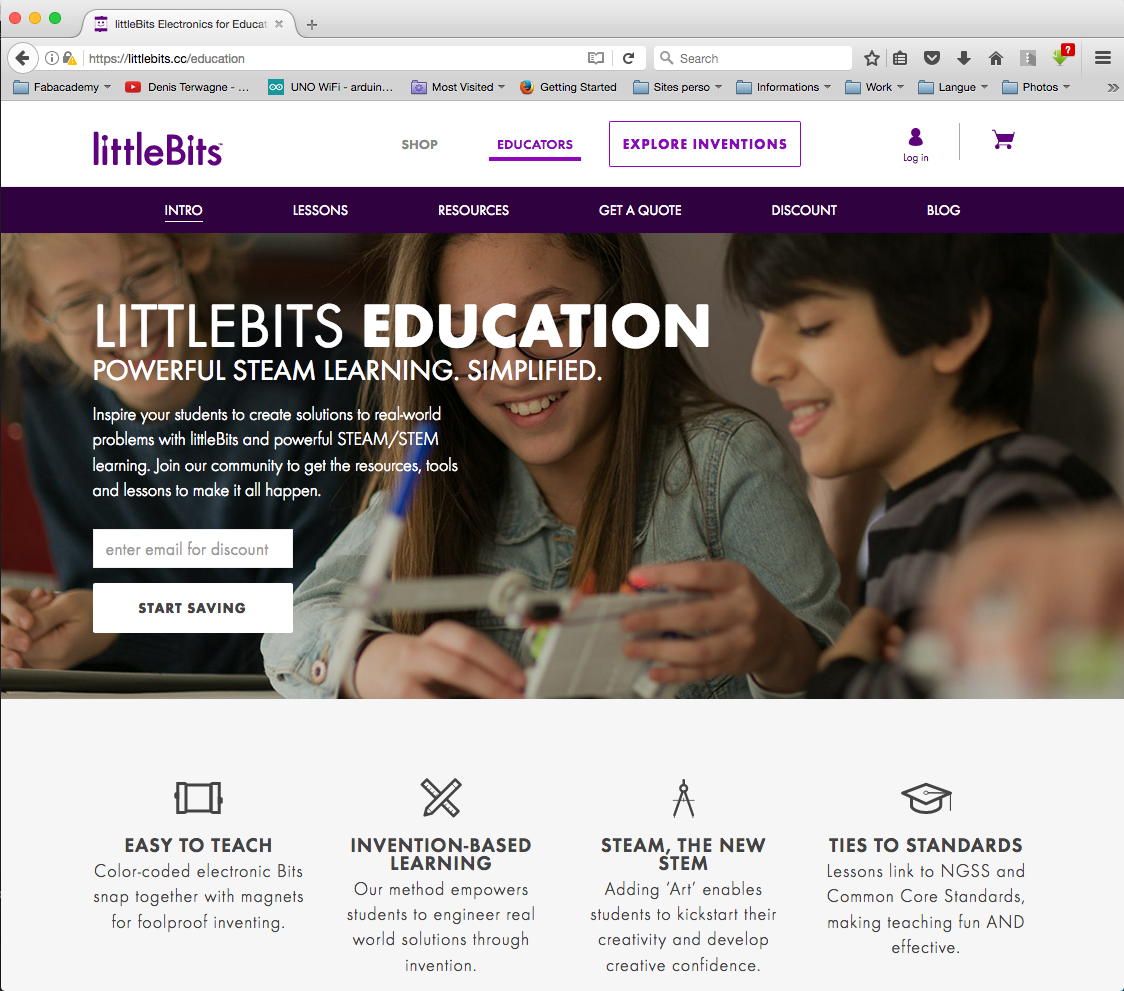
Scientific optomechanical tools
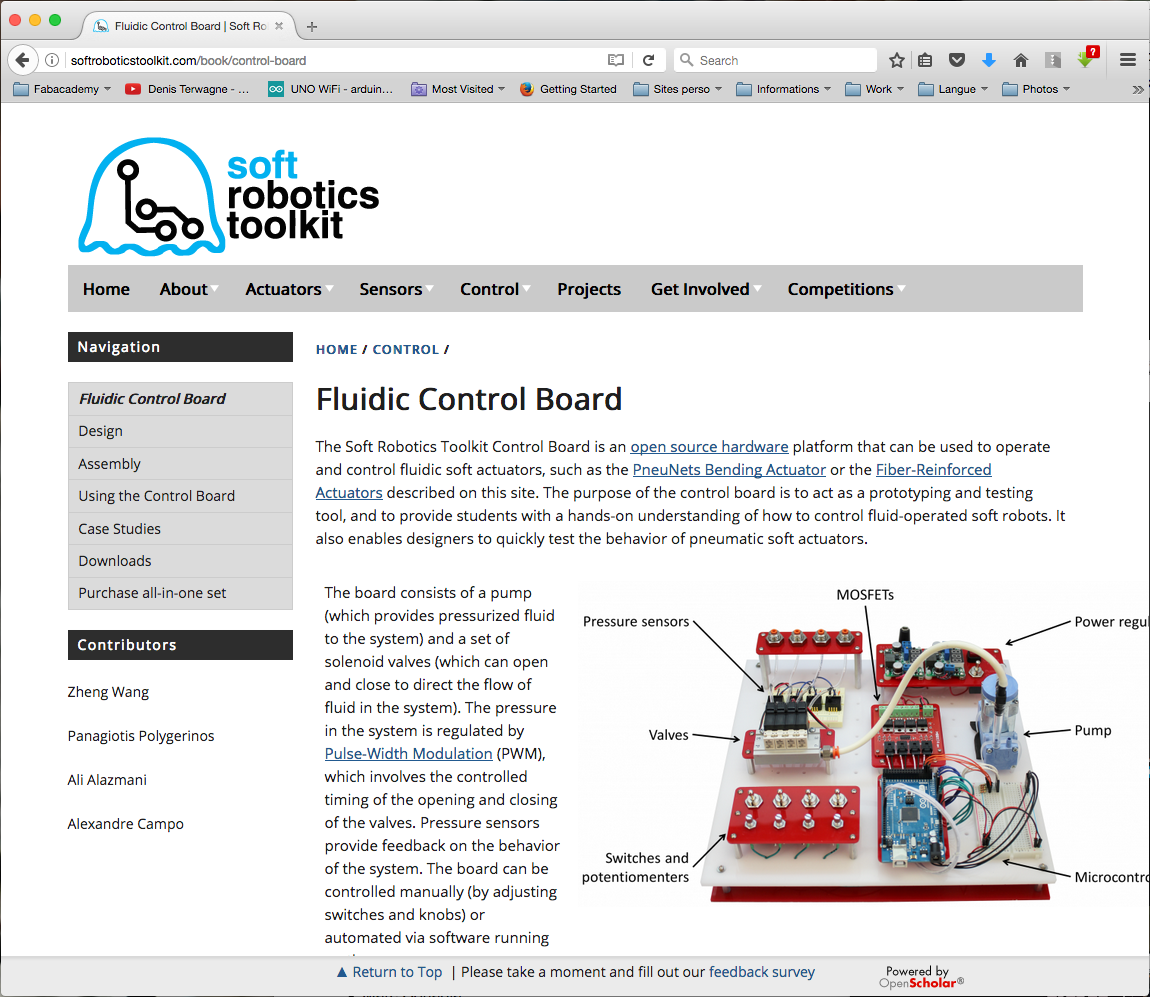
Vernier sensors and actuators toolkit
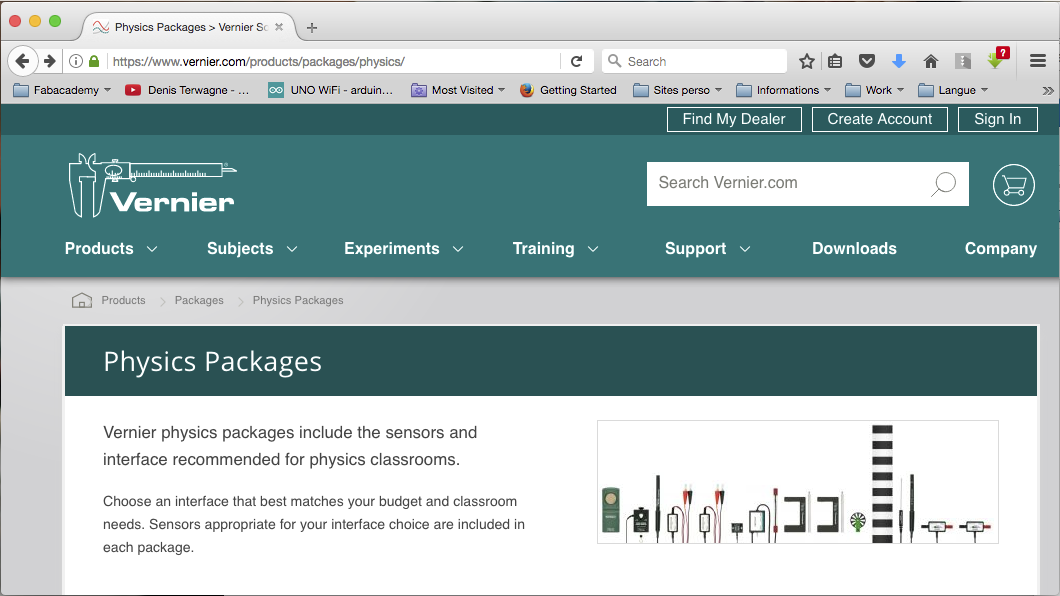
Seeed grove sensors and actuators
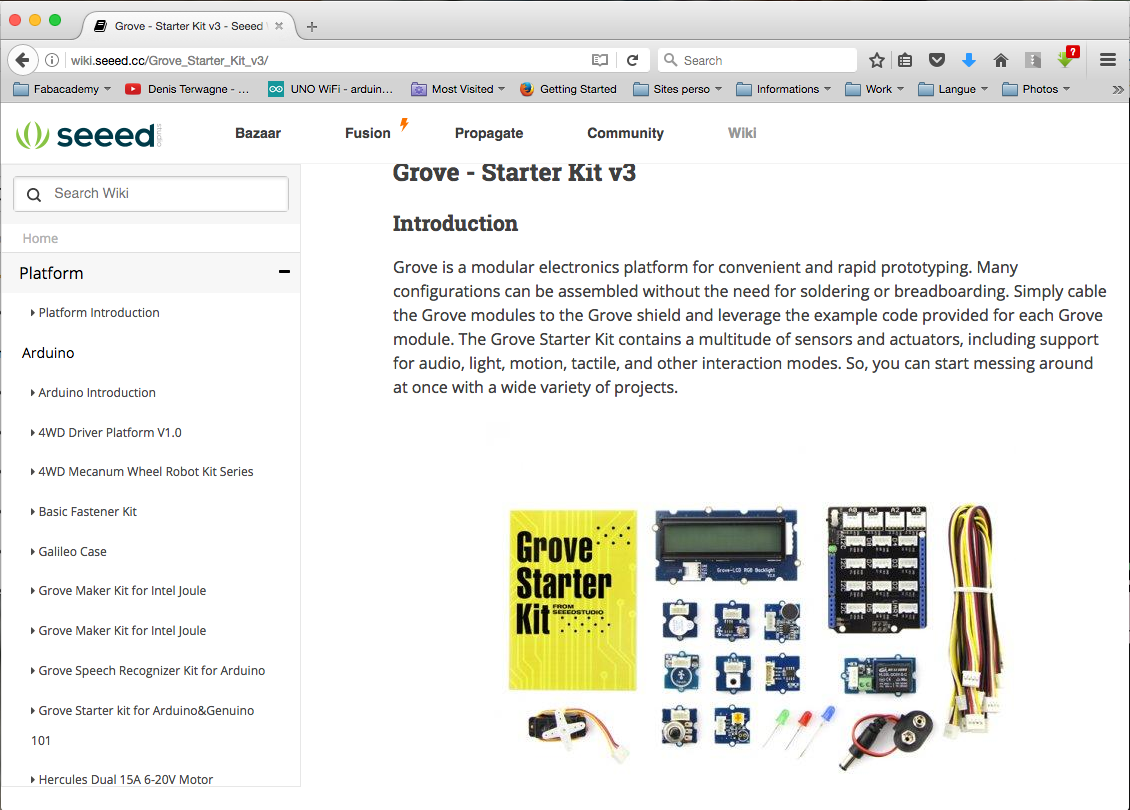
The physics of granular media on stage
To develop and build the different modules that I need, I will develop a few experiments and fabricate the modules that I need to run the chosen experiments. To make the most versatile modules, while developping them I will have in mind several other experiments for which those modules should be useful.
Being an experimental physicist specialized in soft matter, I chose to start developing 3 experiments on granular media.
Here are the experiments I will run using the modules:
- Exp 1 - granular 2D silo
- Exp 2 - granular segregation
- Exp 3 - phase transition in granular media
But there will be plenty of other experiments that these modules will allow to run, especially in two fields that I love: granular media and complex fluid. Here are some sketches of experiments that can be performed using the kit that I'm planning to make.
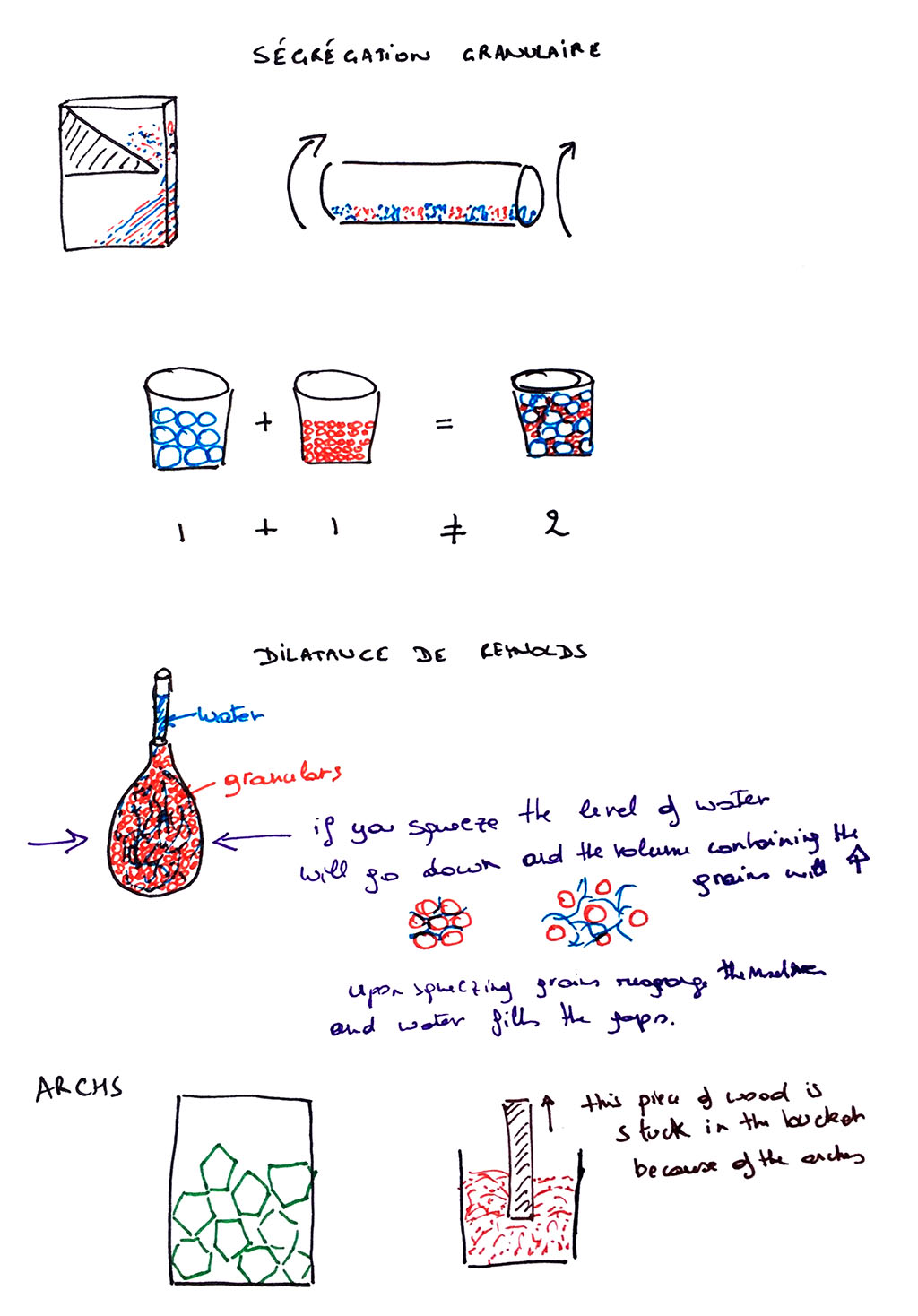
Experiment - Granular segregation in a rotating tube.
As a start, I'll first focus on one experiment. A glass tube in which there are two types of grains (smaller one and bigger one). Making the cylinder to turn around its long axis, we will observe grain segregation: several stripes of small and big grains perpendicular to the long axis. The rotation of the tube can be set by a stepper motor that can be easily assembled and connected. Light , camera , light diffuser can be embedded in building blocks so they can be easily assembled and connected to a microcontroller board or a computer . Everything will be set up on a breadboard that has holes displayed on a square grid. Each hole being separated by one unit of length which I choose to be 2.5cm so it is compatible with scientific metric breadboard that I use in the lab.
